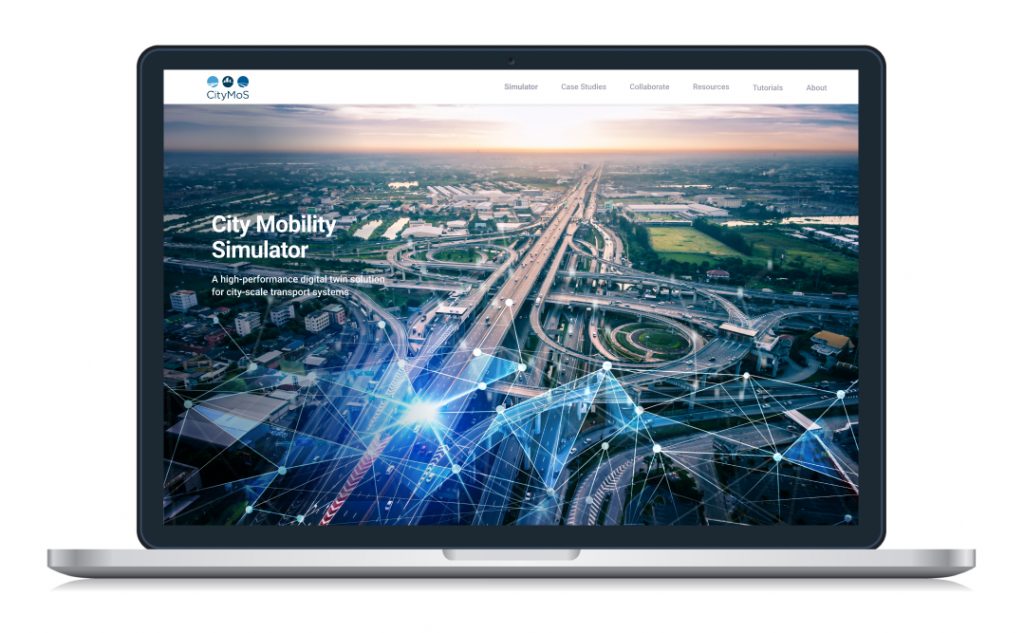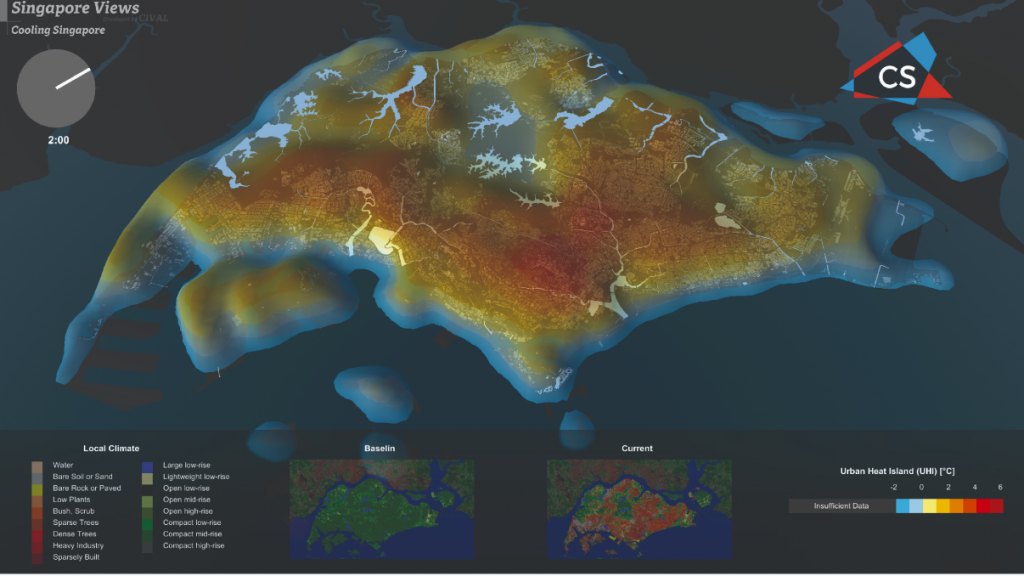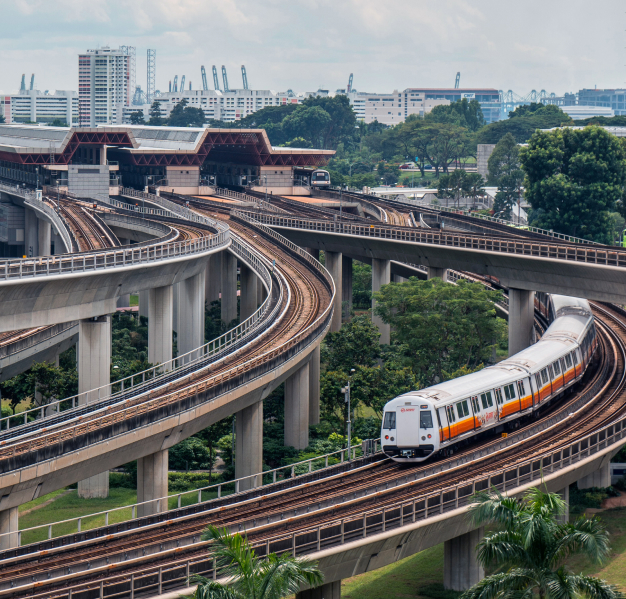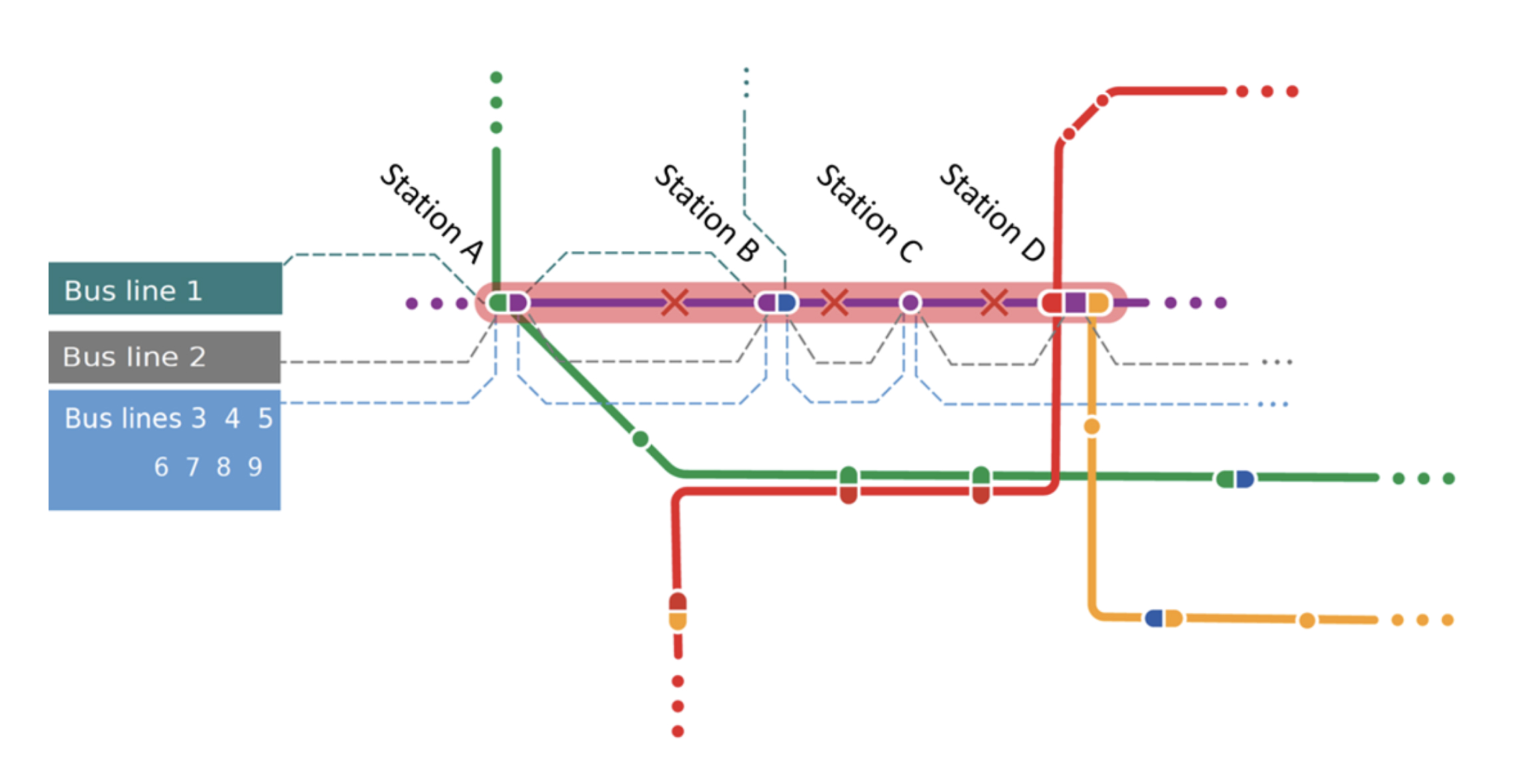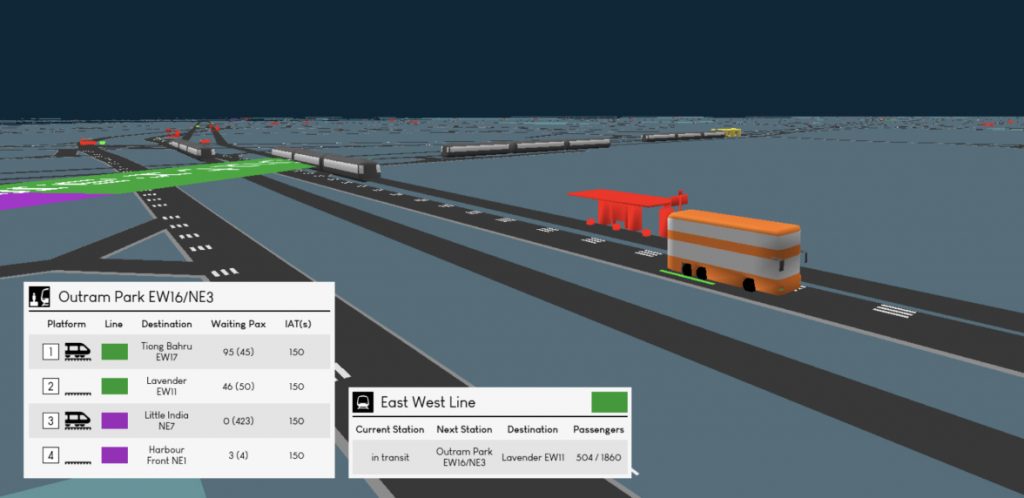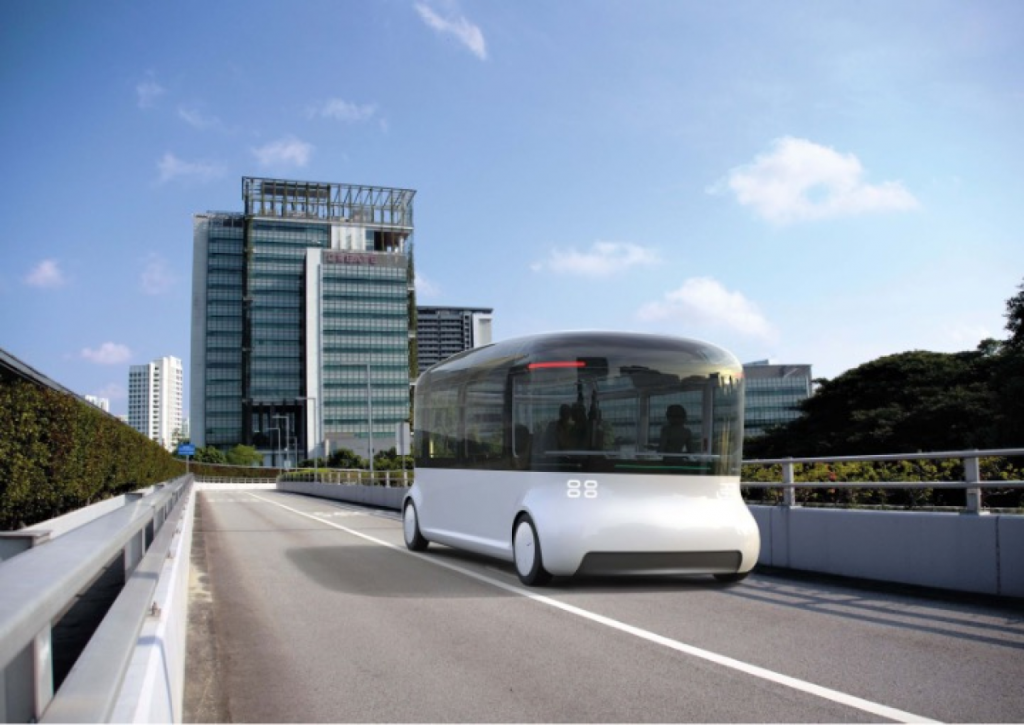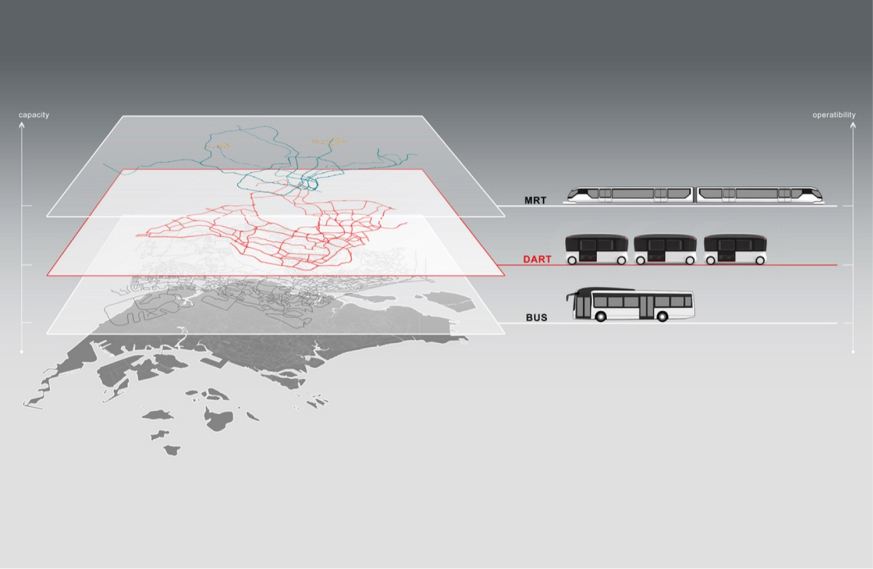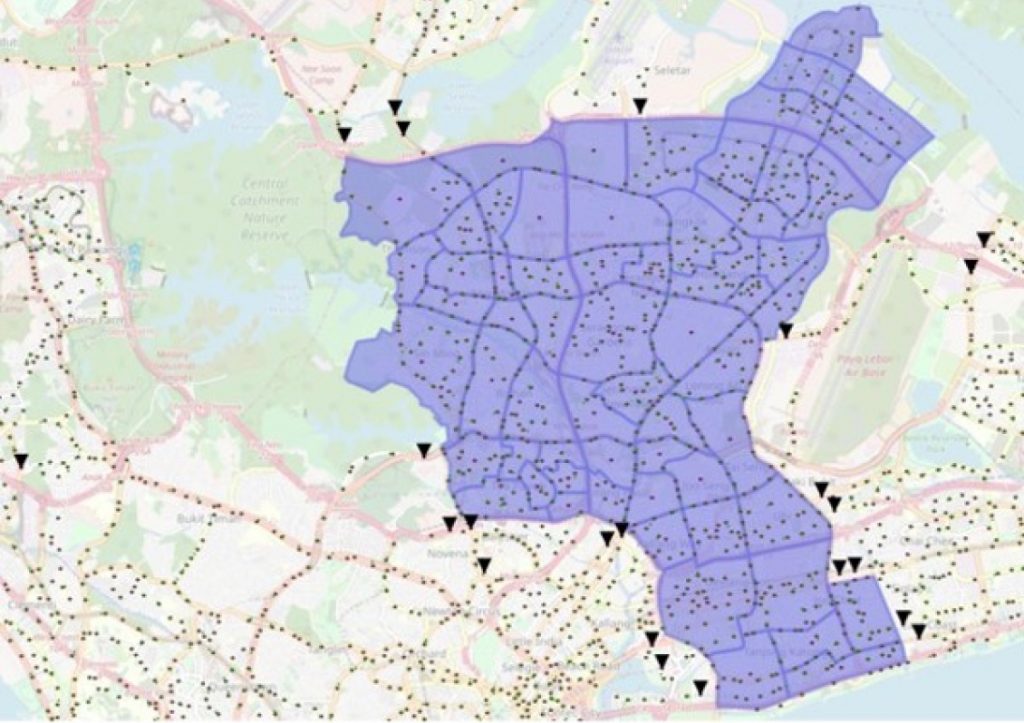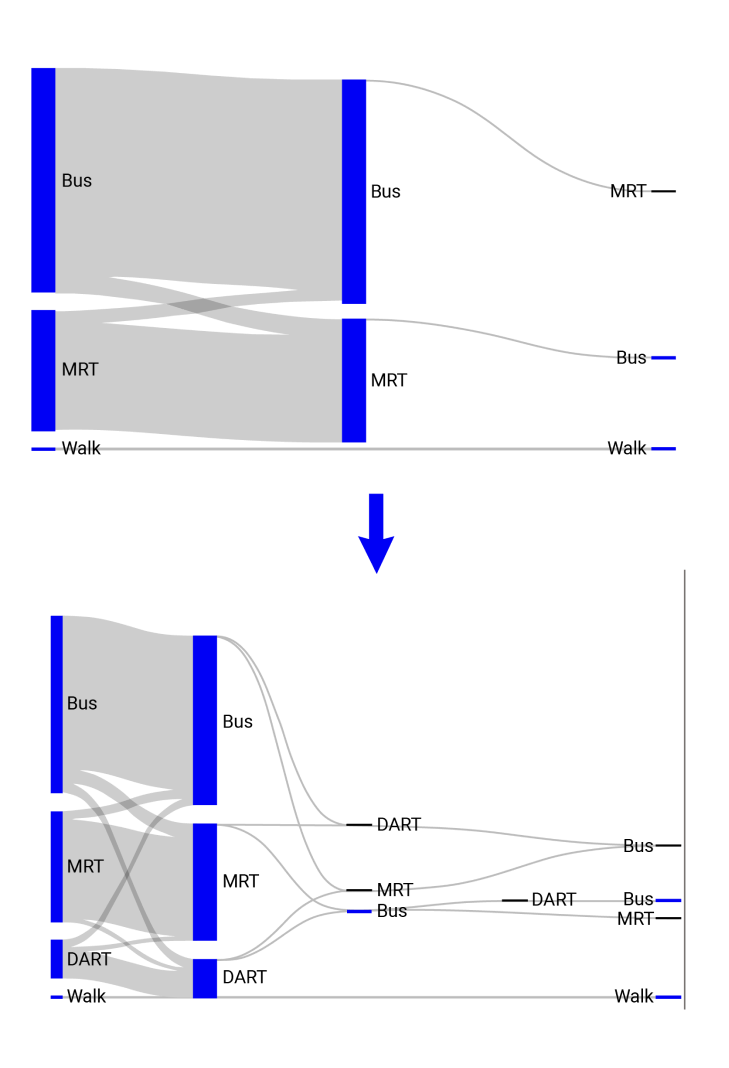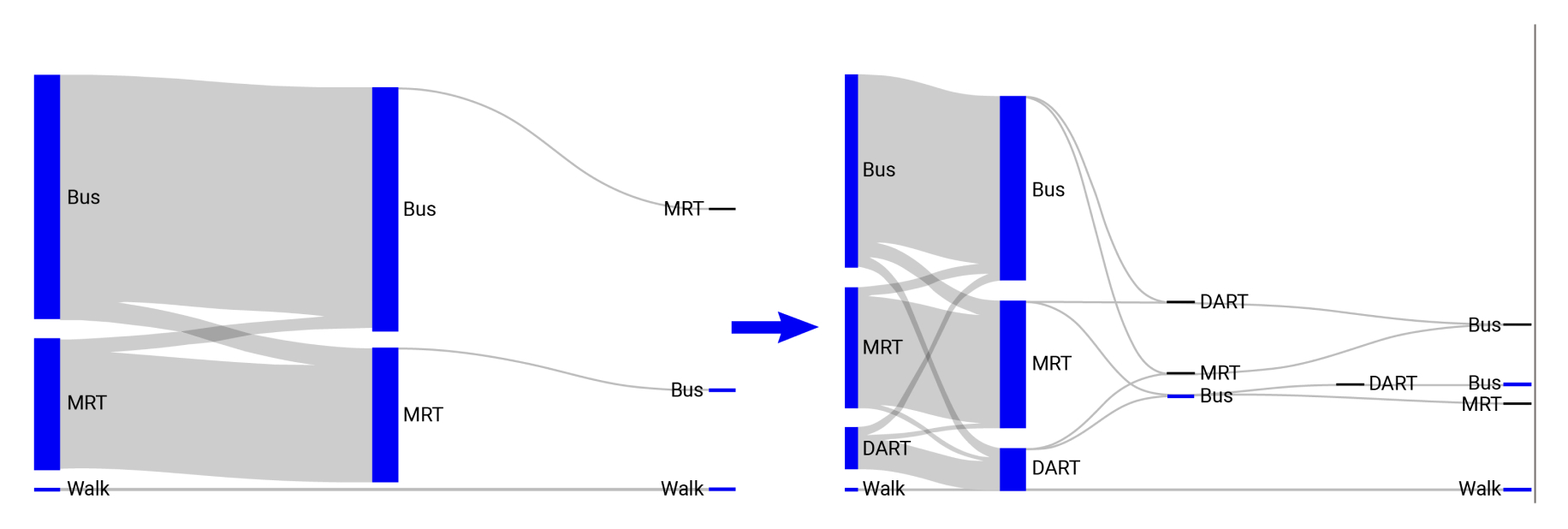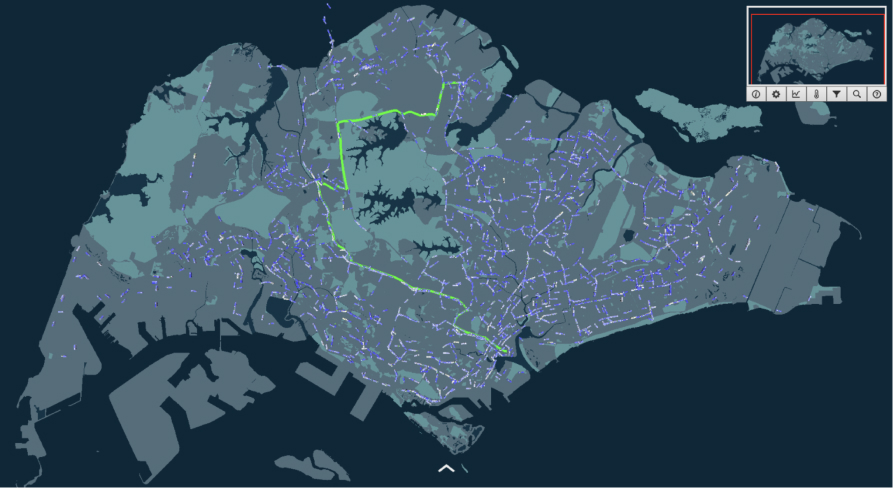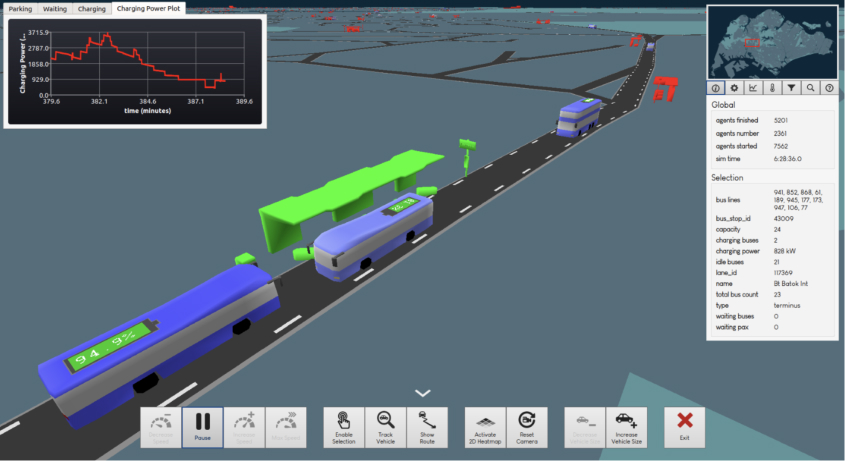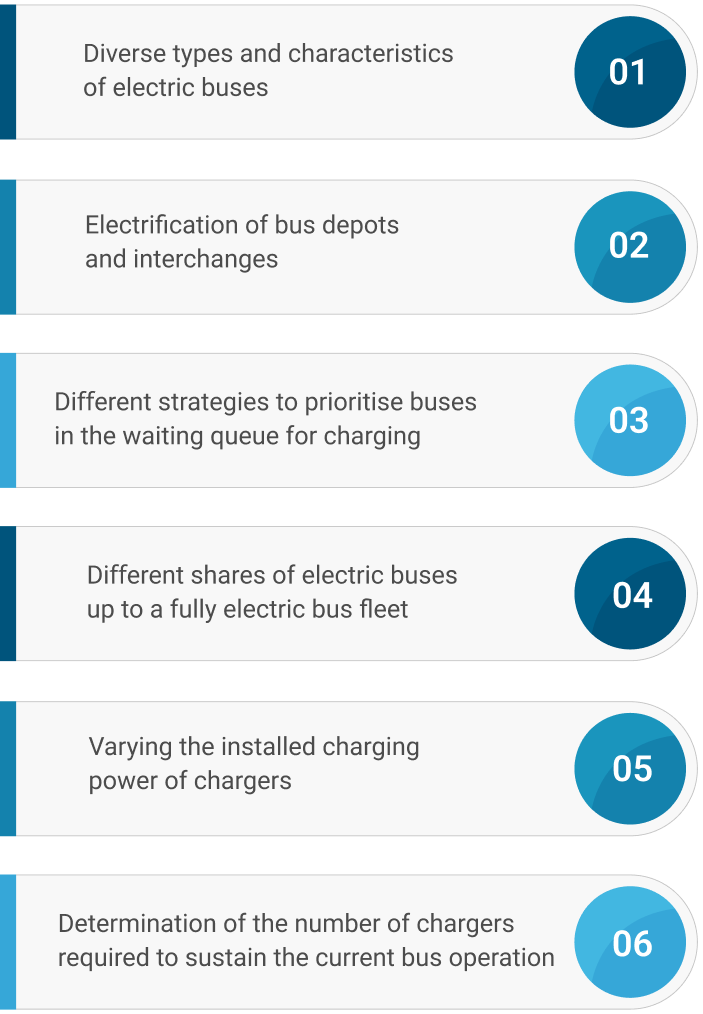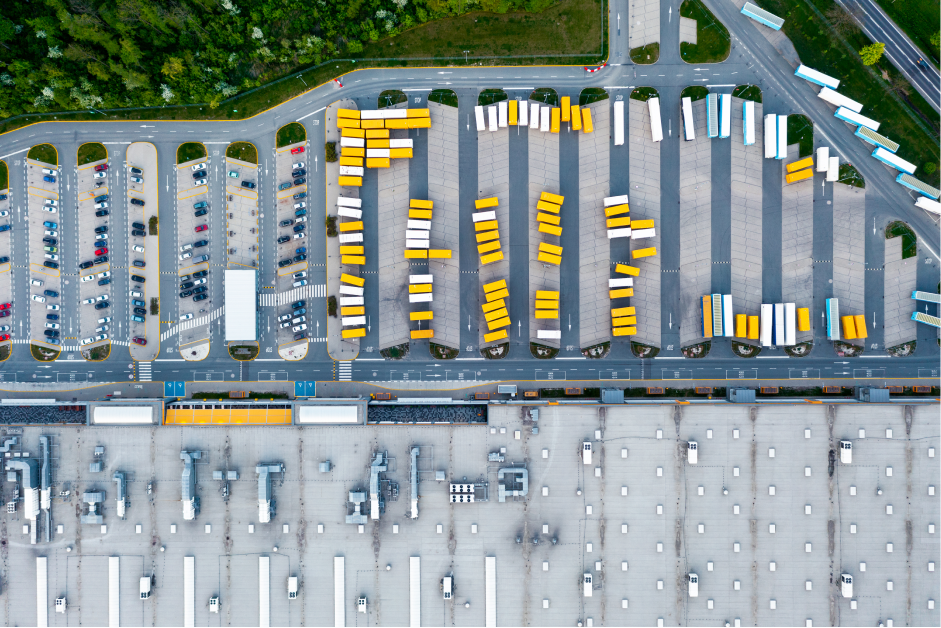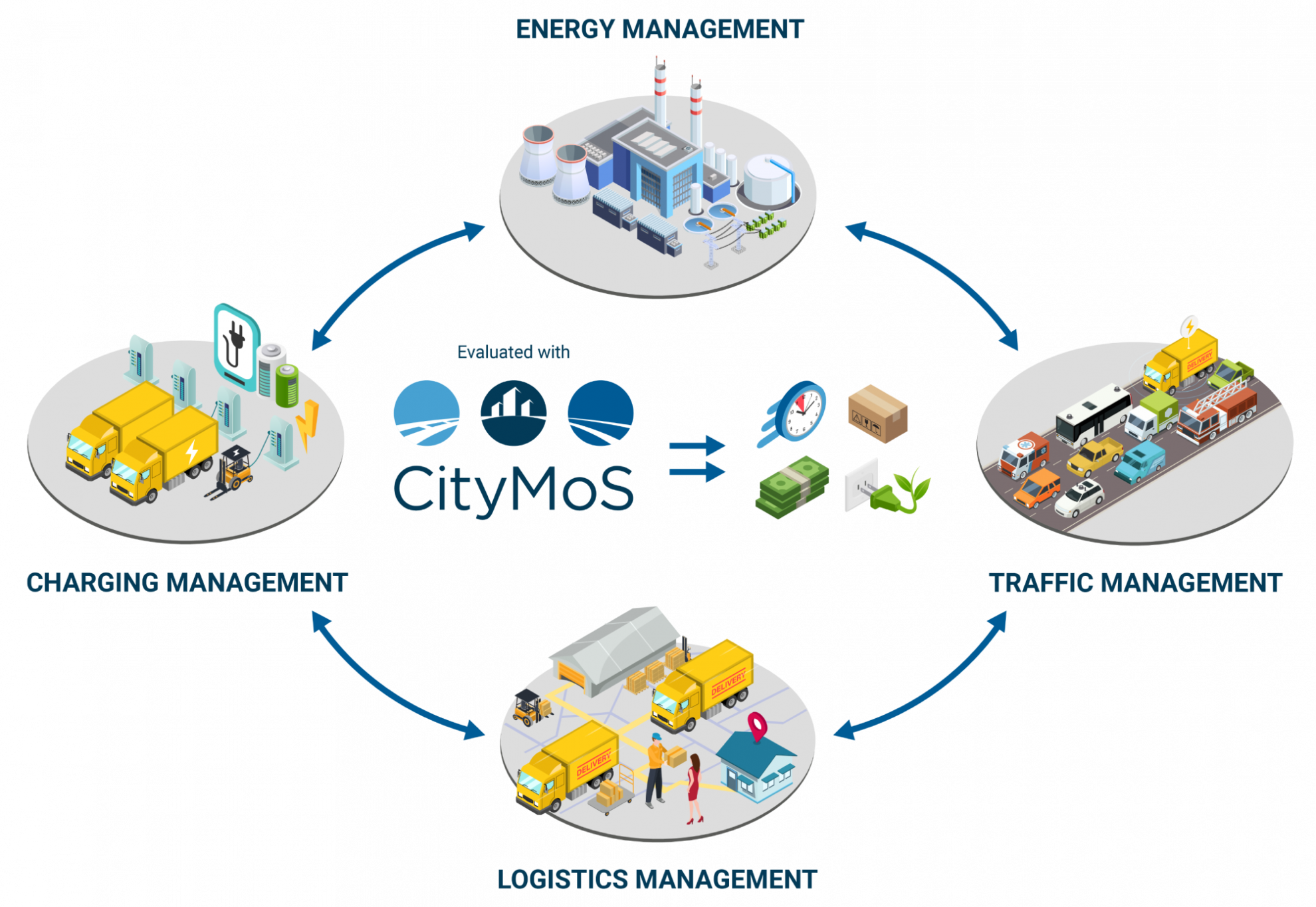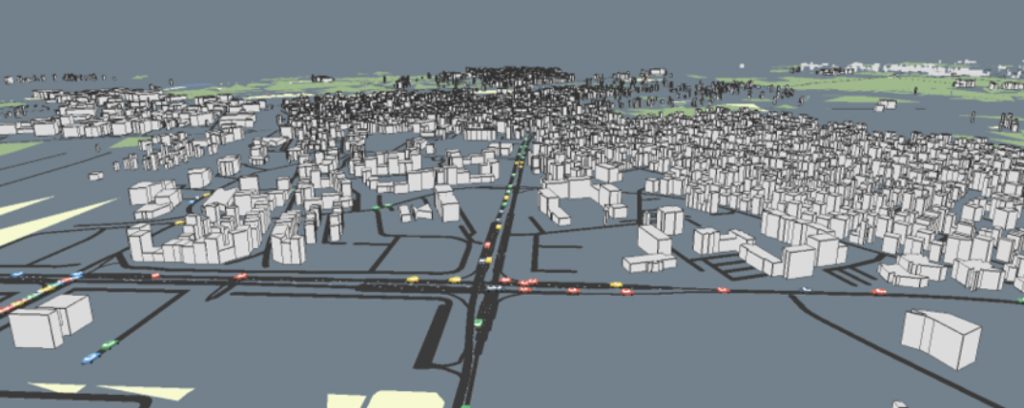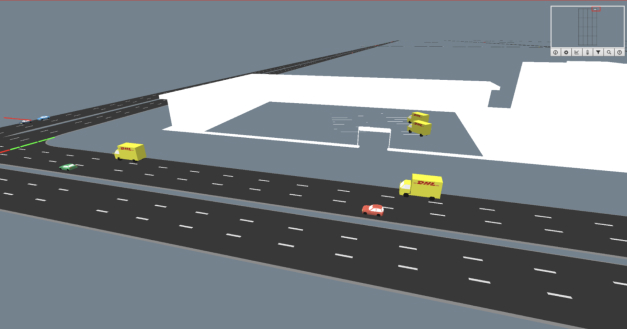@inproceedings{tan2021causalityAIDA, author = {Tan, Wen Jun and Andelfinger, Philipp and Eckhoff, David and Cai, Wentong and Knoll, Alois}, title = {Causality and Consistency of State Update Schemes in Synchronous Agent-based Simulations}, booktitle = {Proceedings of the 2021 ACM SIGSIM Conference on Principles of Advanced Discrete Simulation (PADS)}, publisher = {ACM}, year = {2021}, month = may, address = {Virtual Event, USA}, doi = {10.1145/3437959.3459262}, }
Author: citymos_user
@article{braud2021avdmAIDA, title = {{AVDM}: {A} hierarchical command-and-control system architecture for cooperative autonomous vehicles in highways scenario using microscopic simulations}, author = {Braud, Thomas and Ivanchev, Jordan and Deboeser, Corvin and Knoll, Alois and Eckhoff, David and Sangiovanni-Vincentelli, Alberto}, journal = {Autonomous Agents and Multi-Agent Systems}, volume = {35}, year = {2021}, month = apr, publisher = {Springer}, doi = {10.1007/s10458-021-09499-6}, }
@article{bojic2021optimalAIDA, author = {Bojic, Iva and Luo, Chunling and Li, Xinrong and Zehe, Daniel and Eckhoff, David and Ratti, Carlo}, journal = {IEEE Access}, title = {Optimal Railway Disruption Bridging Using Heterogeneous Bus Fleets}, year = {2021}, volume = {9}, month = jun, pages = {90656–90668}, doi = {10.1109/ACCESS.2021.3091576}, }
@article{ivanchev2021hierarchicalAIDA, author = {Ivanchev, Jordan and Deboeser, Corvin and Braud, Thomas and Knoll, Alois and Eckhoff, David and Sangiovanni-Vincentelli, Alberto}, journal = {IEEE Access}, title = {A Hierarchical State-Machine-Based Framework for Platoon Manoeuvre Descriptions}, year = {2021}, volume = {9}, month = aug, pages = {128393–128406}, doi = {10.1109/ACCESS.2021.3106455}, }

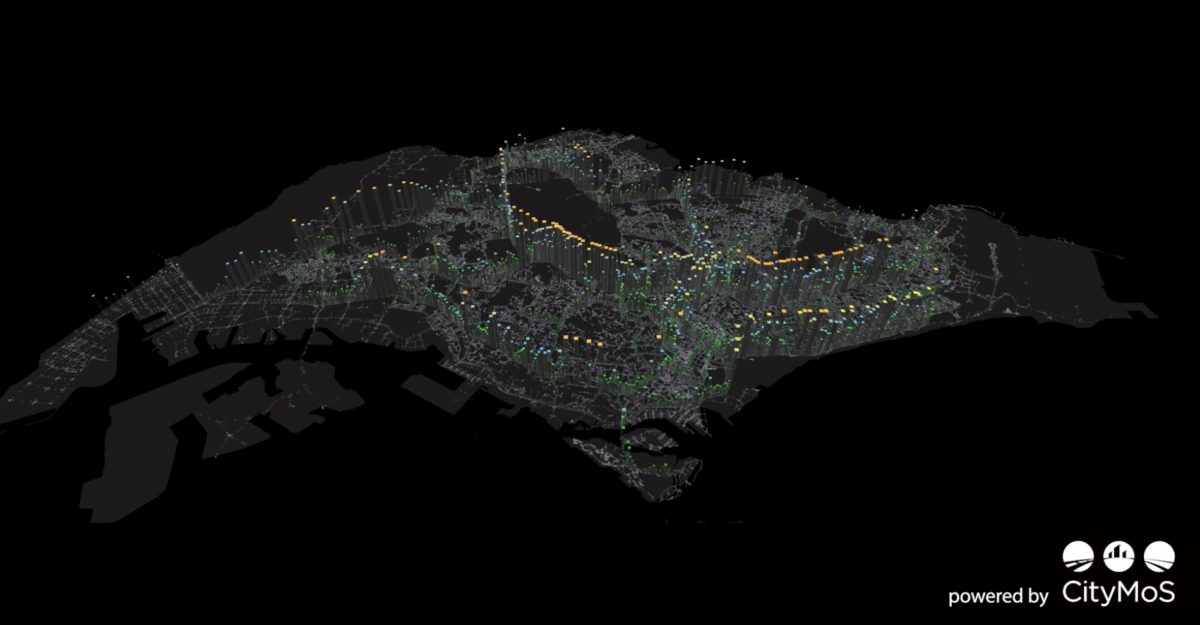
Bus Bridging Services
Dynamic Autonomous Road Transit



